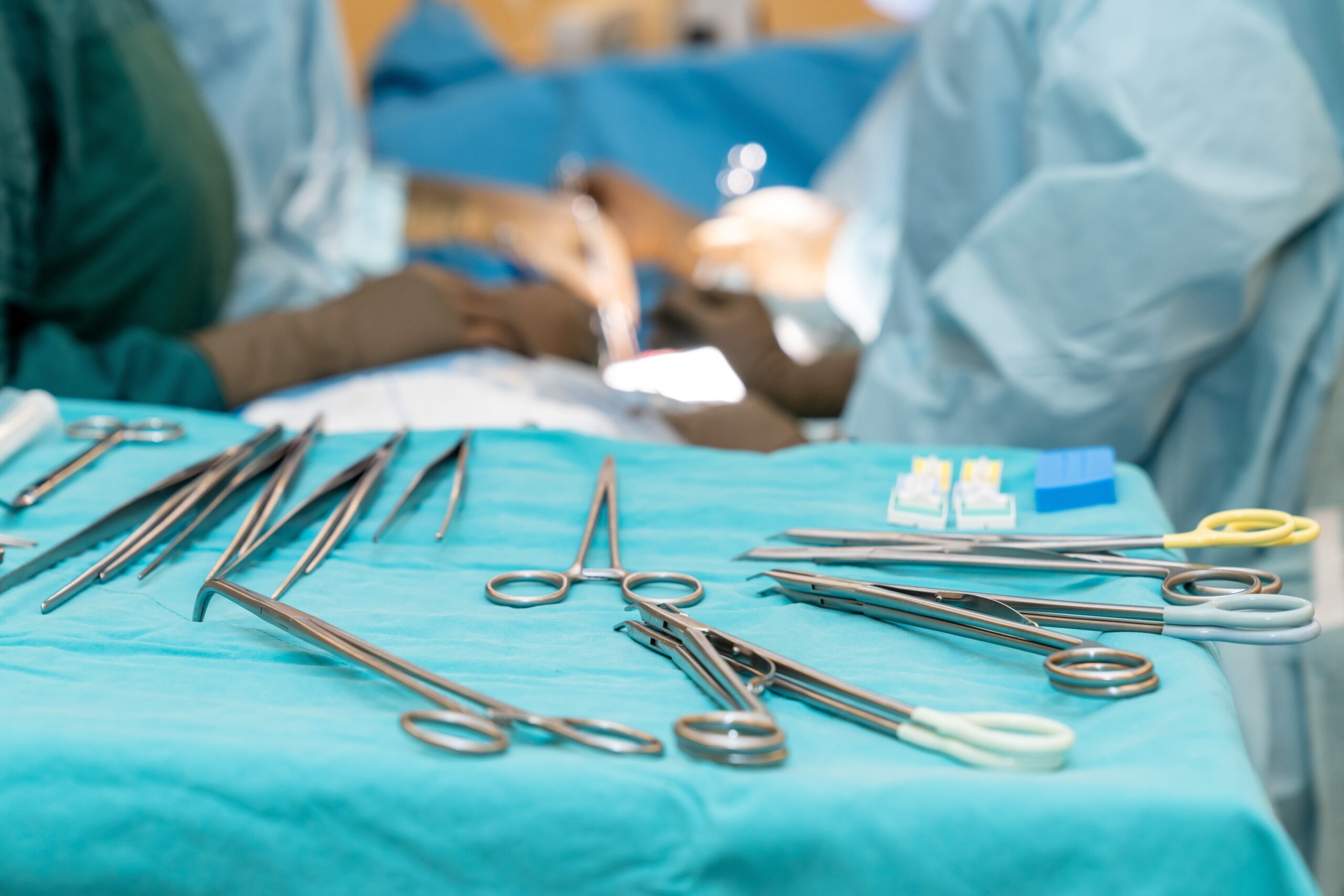Revised sterilization standards demand urgent attention from perioperative leaders

Editor's Note New and revised sterilization and reprocessing standards are reshaping the landscape for sterile processing departments, placing greater emphasis on chemical modalities, device-specific protocols, and system-wide quality management, according to the Healthcare Purchasing News May 27 update on compliance and standards. Among the most significant developments is the overhaul…
Standards strengthen sterilization, disinfection process chains

Preventing infection from contaminated surgical tools requires attention to every link in a complex chain of processes, from point-of-use pretreatment in the OR to the moment the freshly disinfected or sterilized item arrives at the next patient’s bedside. For those on the front lines, manufacturers’ written instructions for use (IFUs)…
Literature review: Endoscope disinfection failures highlight need for stronger sterilization practices

Editor's Note High-level disinfection (HLD) fails to reliably eliminate harmful microbes from flexible endoscopes in real-world healthcare settings, according to a review of endoscope processing effectiveness published April 8 in the American Journal of Infection Control. The review highlights routine breaches in cleaning protocols and links contaminated endoscopes to numerous…
Forced-air device outperforms standard endoscope drying practices, study shows

Editor's Note Authors of a recent study evaluating the effectiveness of a forced-air drying system for endoscopes argue that the results reinforce the need to re-evaluate standard drying practices. Findings were published February 24 in the American Journal of Infection Control. Wet environments resulting from inadequate drying practices can result…
Effectiveness of alcohol flush, drying cycles of AERs
Editor's Note This study, led by researchers at the University of Pittsburgh School of Medicine, finds that air flush cycles used in automated endoscope reprocessors (AERs) may not adequately dry endoscope channels, particularly narrow air/water channels. Endoscopes were reprocessed per protocol with a 3-minute or 10-minute air flush following reprocessing.…

 Free Daily News
Free Daily News